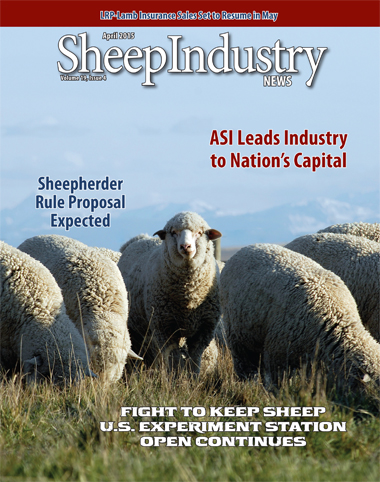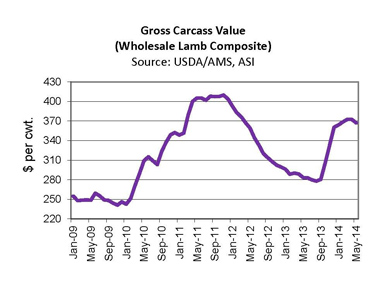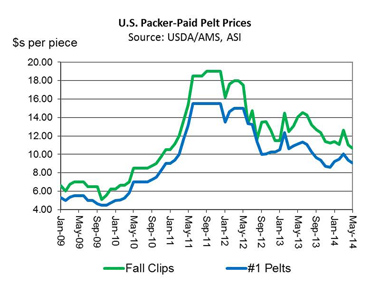Big-box and national grocery chains is only one of many markets for lamb. Barkaat Foods – located in Chiappetti Veal and Lamb’s old Chicago slaughterhouse – sells halal and kosher lamb, goat and veal direct to customers, wholesale and to further processors.
Processing about 2,500 lambs per week, it is a relatively small processor, but with a rapidly growing customer base.
At the 2015 ASI/NFLA convention Dennis Stiffler explained that due to scale and consumer demographics lamb is a specialty market…not a commodity.
Furthermore, there are niche markets within our specialty market. One such niche is the halal and kosher lamb markets, and the organic market.
Barkaat Foods has found that its market has expanded beyond the Muslim community because many consumers find that the production and processing of halal lamb meets their definition of organic (Meatingplace.com, 3/2015).
Among other outlets, Mohammad Imran Khan – CEO and founder — sells online through a direct-to-consumer portal Taaza2u.com.
With currently over 6,000 customers he hopes to grow to 15,000 (Meatingplace.com, 3/2015).
Barkaat also provides custom harvesting services. Dallas-based Rosenblatt Meats slaughters 1,000 head of kosher lambs per week at the Barkaat facility and then sends the carcasses north to Wisconsin-based Strauss Brands for further processing and packaging.
Barkaat aims to fulfill the holiday needs of its Muslim community. In 2014, 3,000 people signed up for its third-annual Eid ul-Adha event in October (Festival of Sacrifice) in which families slaughter their own livestock.
The U.S. lamb market should be changing as rapidly as its diverse customer base.
The U.S. Census Bureau explained that by around 2020 more than half of the nation’s kids 18 and younger will be part of a minority race or ethnic group (3/4/15). How and where will this minority young generation want to buy their lamb?




